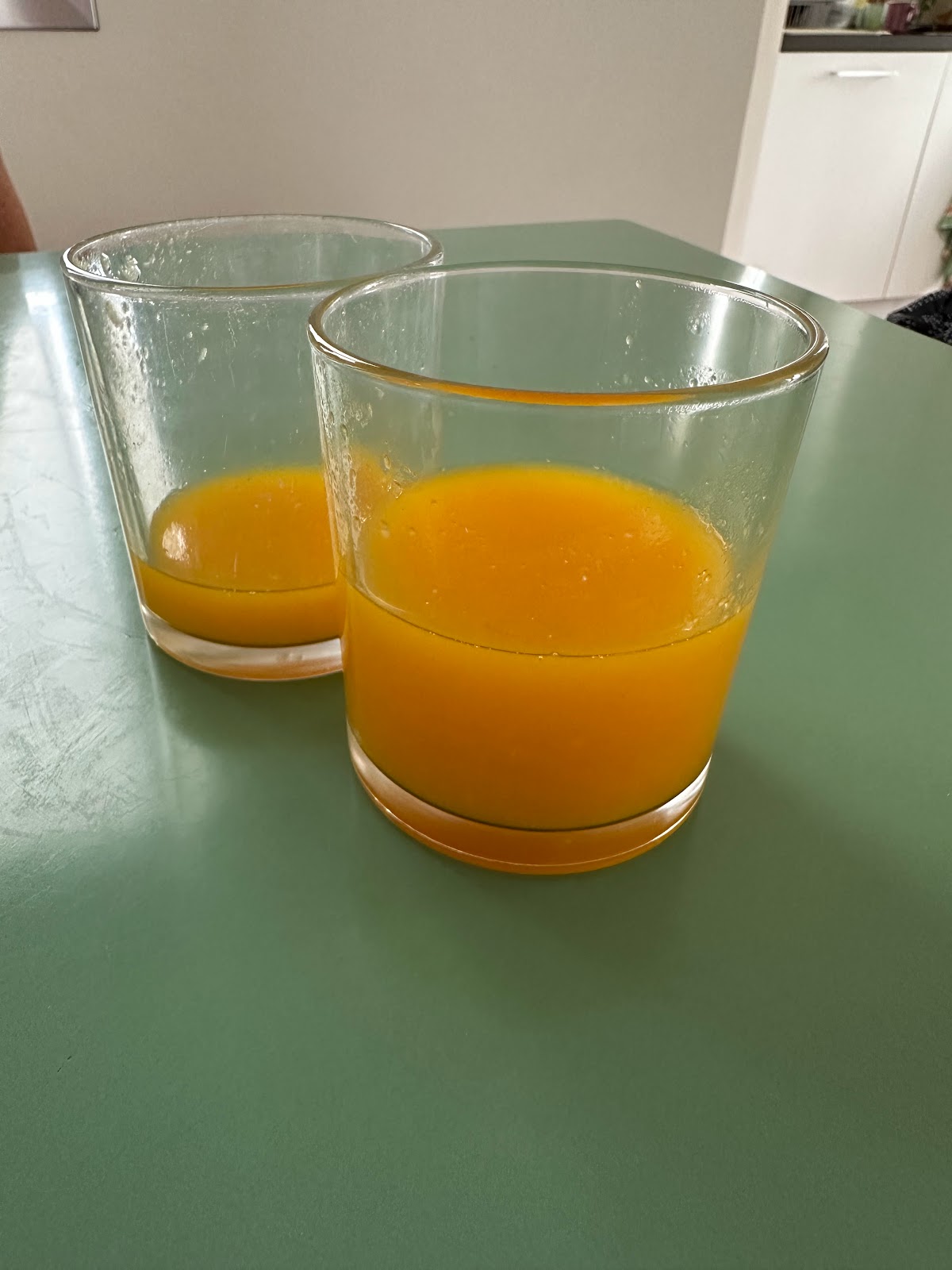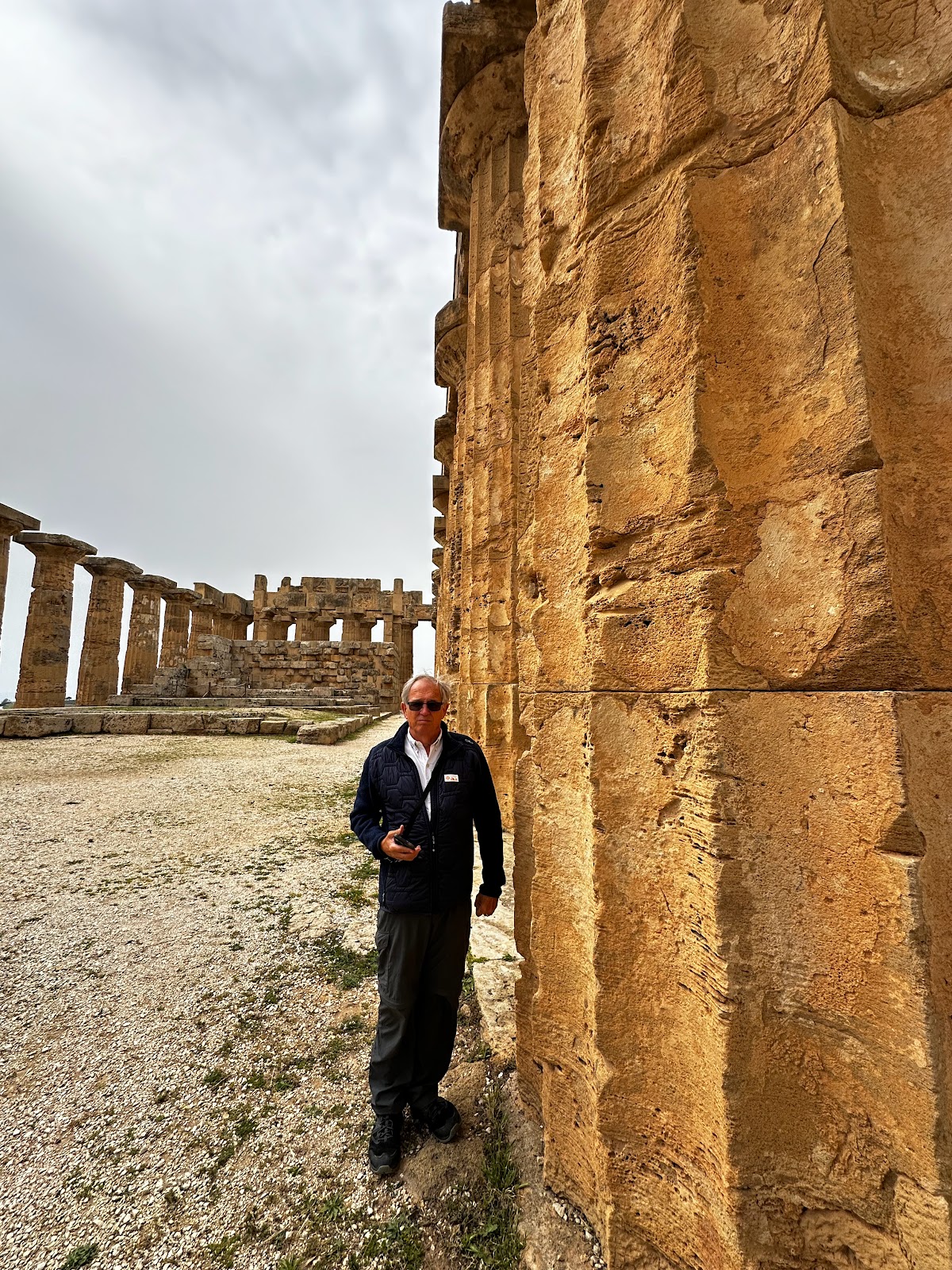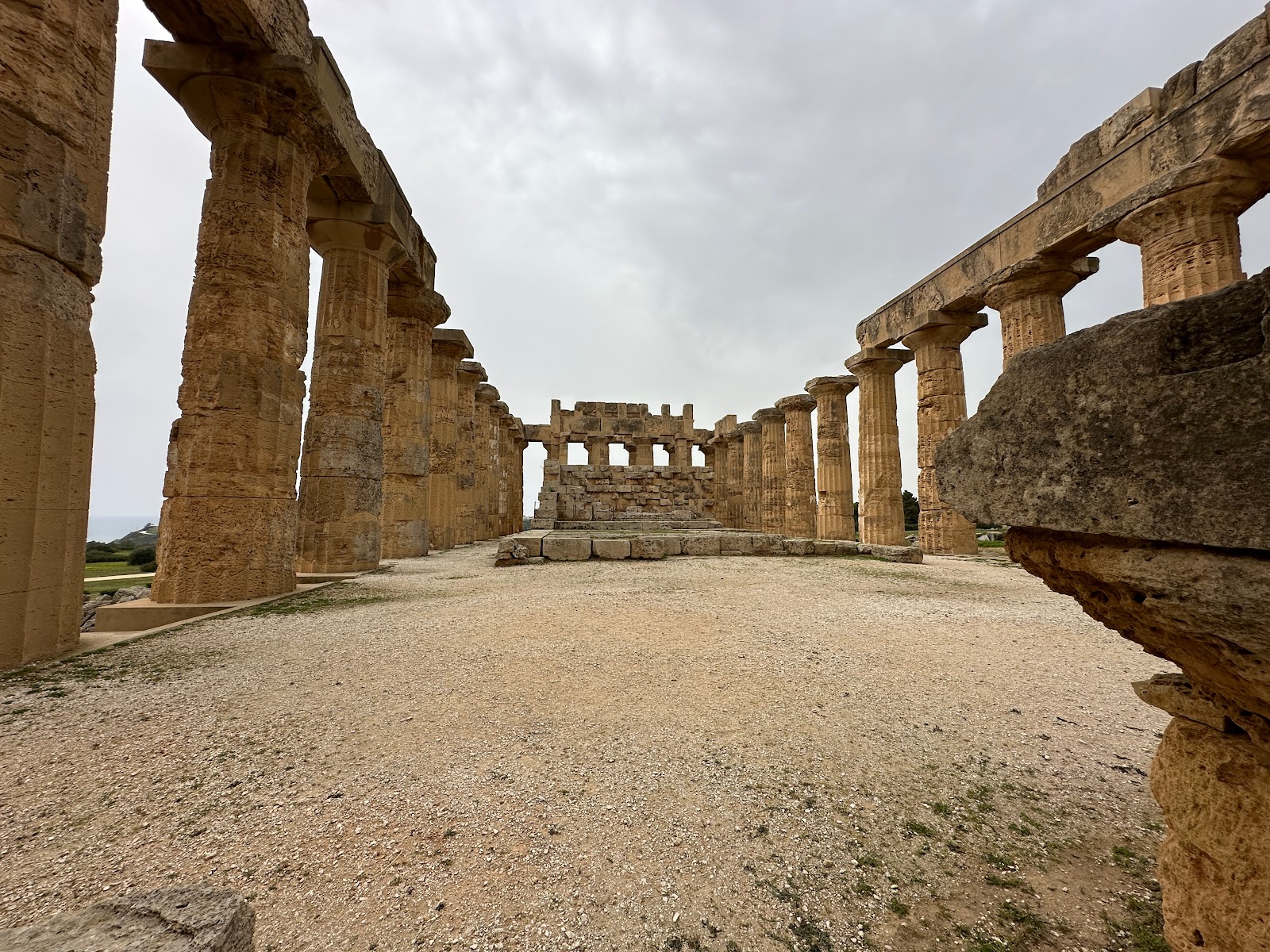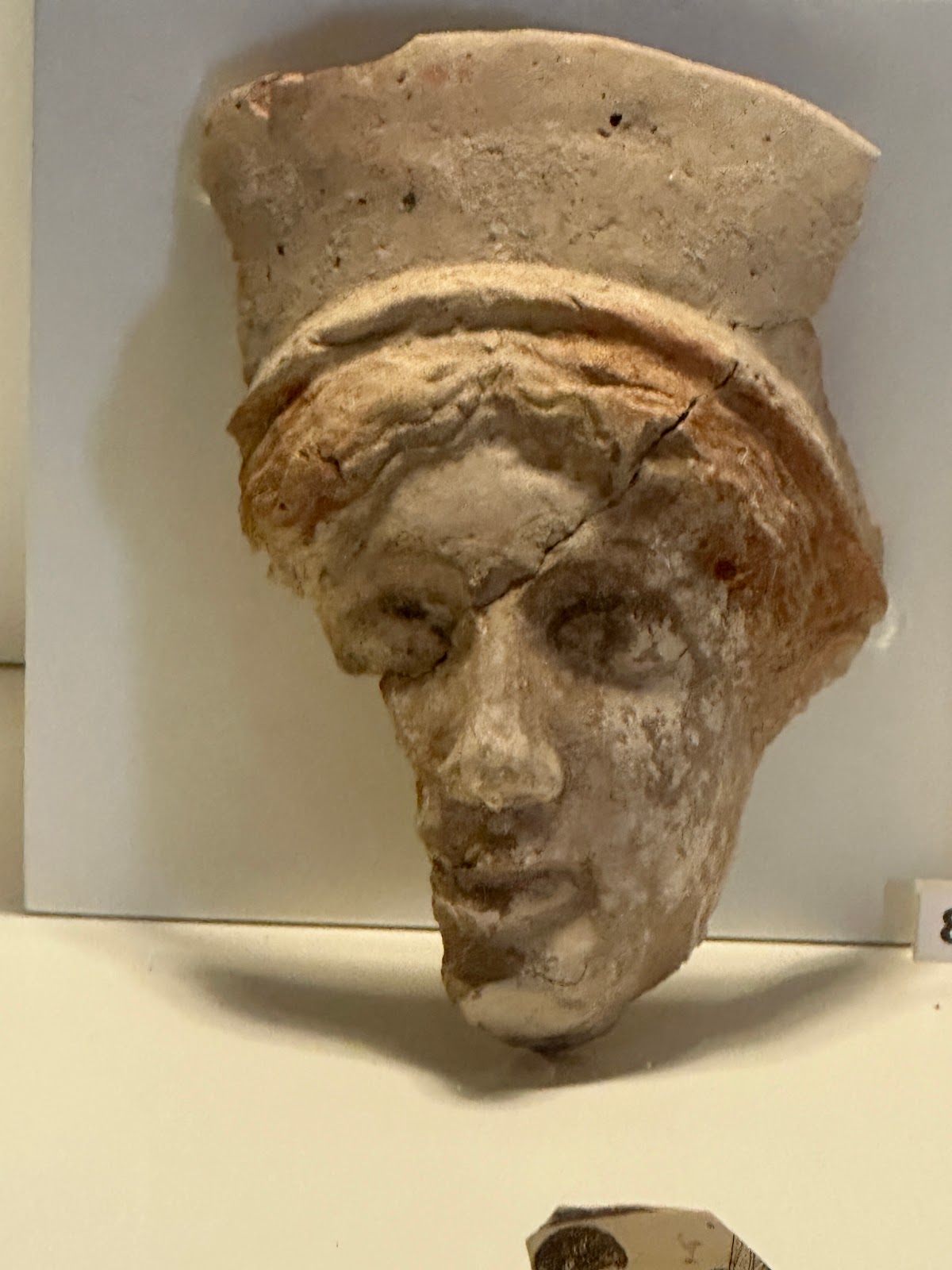We have both orange trees and lemon trees on the grounds of this cottage. We made good use of both.
The Greeks started settling city-states on Sicily in the 8th century BC. While these Sicilian-Greeks may have been closely aligned with a city-state on the mainland of Greece, they were in no way vassals of the mainland cities. Greeks in Sicily reached their zenith during the 5th and 4th centuries BC. Following the First Punic War (264-241 BC) the Roman Republic emerged as the dominant power in the region. At which time Sicily became a Roman province marking the end of Greek rule of the island.
Today Sandy and I visited the site of one of those early Greek city-states, Selinunte. On walking into the archeological park we were immediately awestruck by the sight of the Eastern Agora. It is a reconstruction using the materials from the rubble of the building. Modern archeologists dismiss these reconstructions, like Knossos, but I believe it helps us non-archeologists to understand what all the piles of rubble meant, and to better grasp how great was the Greek settlement of Sicily.
Today it is a pile of rubble but when it was standing it was as long as a football field
We then moved on to the Acropolis a little over a mile away. Columns here have not been reconstructed, however, work is done to keep them from tumbling over. We were mostly by ourselves up here and as I walked around the back I was completely alone in the shadow of the Temple of Apollo. I could imagine the construction of the temple and of the religious rites that took place there. I could see across the valley where the foundations of thousands of residences and work shops could be seen. I could imagine the people of that time going about their lives and how they would be amazed had they known that it would someday all come to an end. And that brought me back to the Temple. What about the god Apollo. Did he just slink away? Is he still here waiting to be re-exaulted? Did he never exist? Did he exist only in the consciousness of these people and when they died, so did he? A place like this makes your mind work harder than it normally has to.
After two complete months on the road, we were ready. Give these guys a Michelin Star!























No comments:
Post a Comment
Note: Only a member of this blog may post a comment.